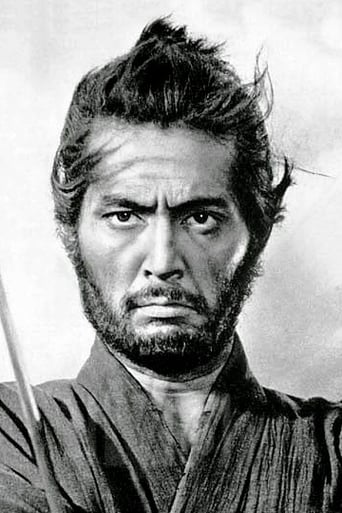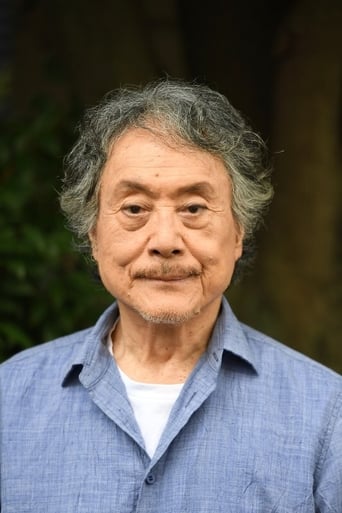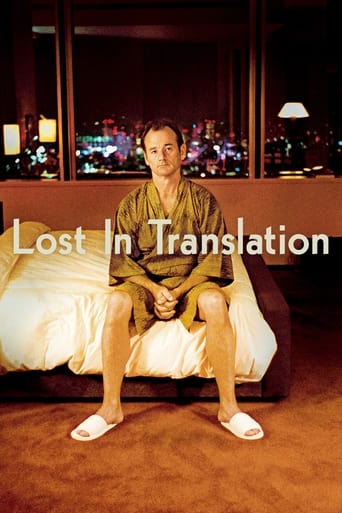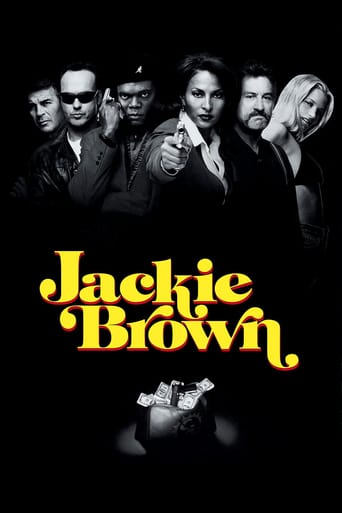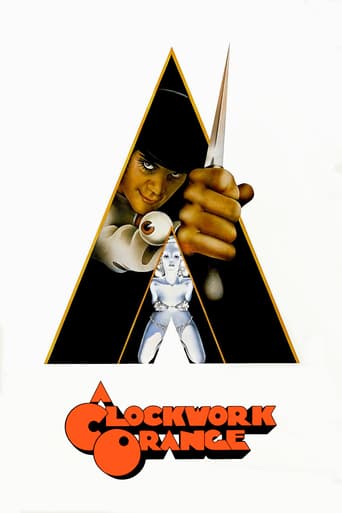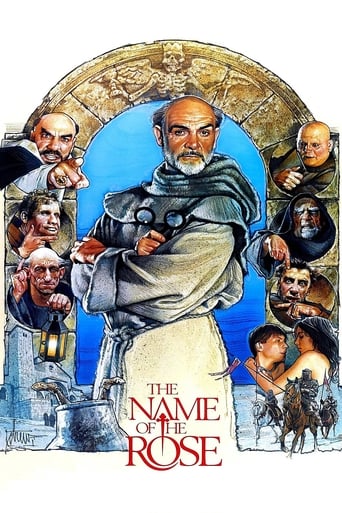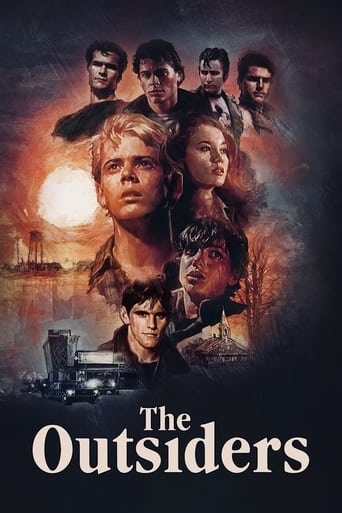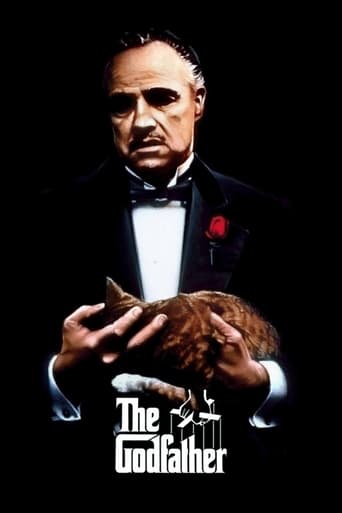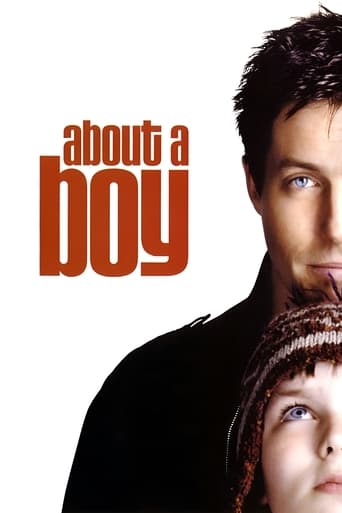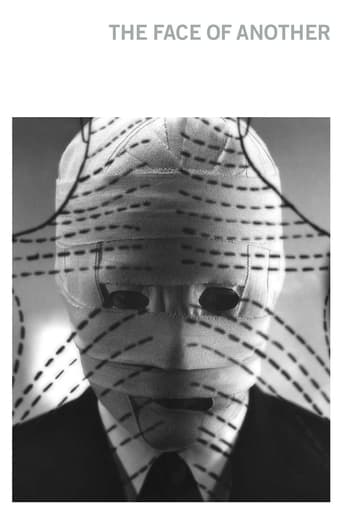
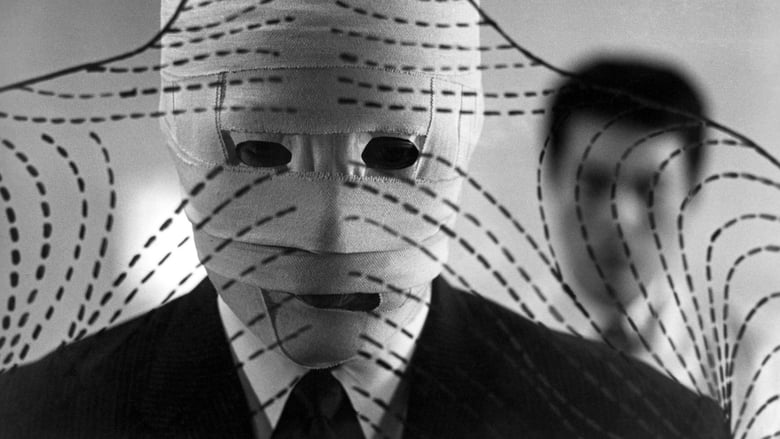
The Face of Another (1967)
A businessman with a disfigured face obtains a lifelike mask from his doctor, but the mask starts altering his personality.
Watch Trailer
Cast


Similar titles
Reviews
The Worst Film Ever
If the ambition is to provide two hours of instantly forgettable, popcorn-munching escapism, it succeeds.
It's funny, it's tense, it features two great performances from two actors and the director expertly creates a web of odd tension where you actually don't know what is happening for the majority of the run time.
It’s fine. It's literally the definition of a fine movie. You’ve seen it before, you know every beat and outcome before the characters even do. Only question is how much escapism you’re looking for.
Mr. Okuyama (Tatsuya Nakadai) is a physically and emotionally wounded man. After an industrial accident at work, his face has been scarred and mutilated beyond recognition, and even his wife rejects him, even though she says his physical appearance doesn't matter. It has left him bitter and angry, until his psychiatrist Dr. Hira (Mikijiro Hira) comes up with a way to fashion a 'face mask' that will give him the appearance of having a completely normal face, albeit with a few joining marks. Hira doesn't do this just out of kindness, he is fascinated how this new face will alter Okuyama's personality and way of life.The Face of Another is a fascinating film that highlights the social attitudes to physical appearance. There are hundreds of films and morality tales that teach you that it is inner beauty that counts, and once you allow this to shine then your physical attractiveness becomes irrelevant. Everyone knows that this is bullshit, so its refreshing to see a film that makes it clear from the outset that physical appearance has a massive part to play in society. Okuyama's new face, which is an attractive one, changes him so much that he takes on an almost dual identity. Dr. Hira delights in telling him that he has bought flashy new clothes, something he was never concerned with before. It becomes clear that whilst before Okuyama merely wanted to be normal again and fit back in society, his new face is engulfing him, and to be 'normal' simply isn't enough anymore.As with many of the Japanese New Wave film-makers of the 1960's-70's, director Hiroshi Teshigahara takes some bold steps and sneaks in some surrealist and art-house values in a movie that is otherwise played relatively straight. A 'fictional' character appears every now and then throughout (she is first imagined by Okuyama's wife as a character in a movie); one side of her face is scarred and burned. She appears quite rarely, but seems to serve as an alternative to Okuyama's increasingly vain soul. Another scene seems a ball of hair that floats in the air, unnoticed by the people in the laboratory. I have no idea what it meant, and couldn't really admit to it being wholly successful, but it certainly got my attention nonetheless.A powerful, disturbing, and poignant drama/horror from the greatest era in Japanese cinema. The film seems all the more important now, 45 years on, in a world where a botox injection can be as easy as buying a pack of cigarettes, and where physical 'beauty' is less a bonus than a necessity.www.the-wrath-of-blog.blogspot.com
I have a physiology exam tomorrow, but since I realized I'm able to write reviews and this is one of my favorite movies, I feel like ranting for a bit on this particular film. You see, I go out on a limb searching several 'Greatest Films' lists, reading film reviews, obsessing over films, etc and it all boils down to one thing: watching a good film. This... is a good film. You watch it knowing you're not wasting your time because you're having fun because the director is doing lots of fun things, for eg. two people are having a conversation and all of a sudden the camera rotates 90 degrees, or some kid getting an injection and out of no where comes this lady washing a plate on her bed while flying through town, but the best part I think is it's such a good psychological drama, probably the best in its genre (just kidding, I'm only trying to sound professional), but it does dig deep into your psych. Also, very beautifully photographed, this director is something else. OK, maybe I should study now. I hoped you enjoyed this review. Thank you for reading.
In the search for self-discovery, one who suffers from an inferiority complex cannot mask who they really are from the public. This film brought certain questions to my mind: Which is worse? Suffering the physical and external conditions of a burned face, or, suffering the emotional and internal conditions of low self-worth? In the beginning, Mr. Okuyama is a self-loathing and debased man who in consequence of his own self-rejection polarizes the relationships he has with others. The laboratory incident that subsequently disfigures his face causes Okuyama to finally have reason to unleash the inner-poison he has festered inside for a long time. The inner-poison he carries is the self-absorbed and accumulated hatred he has for himself. He tries to blame his wife for not showing the affection he wants from her by stating that it is because of his external ugliness that she rejects him, when really this is a mere mask for his internal ugliness he has not yet accepted. Okuyama's arc will deal with his transformation from reproached and depraved thinker to confident and strong human participant.After receiving his new face from a complete stranger, he "allows the mask to take over" and become who he always wanted to becomea confident human participant. But it seems only a transient form of hiding from who he really is. Soon, his true and inner-self begins leaking through the mask; as seen when the retarded hotel daughter realizes who he is, and, when his attempts to seduce his wife fail. The attempts fail because she claims she already knew it was him despite his cover-up. When he realizes that the mask is wearing off, he tries to resort to alcohol to cover up his insecurities. Despite his efforts to cover-up who he really is, the truth of his character haunts him like a shadow that doesn't depart.The most pervasive ideology that I observed within the Japanese culture was the idea of isolation. During the beginning credit sequence, seas of people are shown mindlessly crowded together and slowly walking along the city streets of Japan. With so many blank faces to observe and not a clear direction on who to focus on, the viewer becomes anxious and feels rather isolatednot connected to any of the people shown. It brought to mind how seemingly insignificant all of us sometimes feel when walking in a crowd of people, asking ourselves: "Who am I to be anything important when others are more capable, beautiful, and intelligent as I?" As the film demonstrates, it is a personal subject matter on the nature of identity. The Japanese seem to feel that the search for one's identity is one that is lonely, fearful, and full of angst and despair. All of these ideas are exposed through Mr. Okuyamaa man who has not accepted who he is and attempts to mask his true identity from situation to situation.Further evidence of this isolation is seen in a very literal rendering of the idea of losing identity. Seas of people are seen once again walking along the city street towards Okuyama and his psychiatrist, this time, however, with no faces at all. The psychiatrist says, "The pathway to freedom is a lonely journey." To me this spoke of how when one becomes enlightened to the truth of the world (that is, the way it really is), the lonelier it becomes because of the fact that most people don't question their identity. They just seem to be mindlessly drifting from situation to situation, never once taking thought or examining the nature of their existence. The loneliness also increases because the enlightened doesn't have anyone to share his/her experience with that will understand let alone accept their position. It reminded me of Plato's cave. Okuyama is attempting to break free of the chains that bind him inside the dark and damp lit cave (i.e. the world and his place in it) and see the truth and beauty of the outside world. The journey to do so is a difficult onefull of doubt, discouragement, feelings of low self-worth, and confusion.The idea of internal and external beauty is also an important idea inside this culture. The seemingly insignificant side-story of the beautiful woman with the scarred face helped demonstrate this idea. When she is seen walking along the city street and flirtatious chants are thrown her way, she turns her face in their direction and immediately the chants cease. They become aware of her external uglinesstheir once playful manners have now turned into cold and harsh rejections. The Japanese culture (like most) seems to be suggesting that the world has not yet learned to accept inner beauty, but is still judging the books by their covers. The same judgment is intertwined into Okuyama's character. He is constantly thinking that others are judging him and that they will reject the "monster" that he supposedly is. When he receives a new face entirely, he still believes that others, namely his wife, are rejecting him. It goes to prove one thing: No matter how attractive the masks we wear appear outwardly, if the soul is scarred, we will still be ugly on the outside.
The film begins by showing a man with his face wrapped up with bandages--a lot like Claude Rains in THE INVISIBLE MAN. However, his face is wrapped because an industrial accident burned off his face and he is naturally severely depressed because of this. Later, he goes to a specialist who says he can make a lifelike mask that will help him look quite normal, but he also is apprehensive about how the mask will effect the man emotionally. To me, this made no sense and only betrayed that this doctor must have been given the script! After all, a guy has no face and yet the doctor is worried this may adversely affect his mind?! While this IS what happened ultimately, it was telegraphed way too easily and reduced the impact of what later occurs--which is NOT good.There is another parallel plot as well, but it isn't so well defined or easy to follow. A pretty woman has a bad burn on her face and although she seems a lot more confident and happy than the man without a face, she is miserable and lonely--so much so that she can't have a normal relationship with a man. Ultimately, she and her understanding brother have sex and she feels guilty and kills herself. Boy, talk about an upbeat message! Well, although this is a truly disgusting movie in some ways, I have got to hand it to those responsible for the film for making a very original film. In particular, the final scene with the crowd is amazing and well-conceived. While on some levels it resembles movies such as MAD LOVE, the film differs because it deals with topics that are generally considered taboo--such as incest and sexual assault. For this reason, this is DEFINITELY not a film you should let your kids see!! Additionally, while TECHNICALLLY well-made, this is an awfully repellent film--one I think most people would dislike intensely. If you have a strong stomach, then perhaps the film is for you.


